Do we need that third runway at LHR?
The third runway at Heathrow has been under review for over a decade yet with Covid throwing aviation into turmoil, the big question is, is it still required?
Heathrow’s CEO, John Holland-Kaye, stated that “if the UK is able to reboot the economy and demand returns to the pre-pandemic levels than the 3rd runway may be needed within the next 10 to 15 years”.
Recent figures support the statement from Heathrow’s CEO, with 2021 August data showing 2,232,326 passengers traveling through Heathrow, compared to the 7,680,327 passengers in August 2019 – it is unlikely that demand will call for the new runway in the next couple of years.
Throughout the Covid downfall, Heathrow stopped using the second runway, due to the lack of traffic. It is only recently that they have restarted using both, and we look forward to the boom back to full capacity. With the third runway, it is expected that they will have the capacity for an additional 260,000 flights per year.
What are the consequences and mitigations of the third runway?
The M25 is notorious for endless delays and traffic jams, with the worst affected area spanning the 5 junctions surrounding Heathrow airport. Thoughts are that with a third runway and increased movement around Heathrow, that the current infrastructure will not cope. The government’s response promises minimal disruption during the creation of the new tunnel as well as creating a smart motorway between J10-J16.
According to the forecast, by 2040 traffic in Europe is expected to grow over 16.2 million flights, 1.5 times the 2017 volume. This will massively increase the airspace congestion around the London TMA. Heathrow has been running at 98% capacity since 2005, hopefully, the third runway will free up some capacity and the operation can run smoother. One of the threats of increased air traffic are missed slots which can cause further delays as aircraft are stacked in holding patterns. Delays are a major issue for airlines as customers are entitled to payouts per the EU261 agreement. The third runway boasts the likelihood reduction to delays at Heathrow. A third runway would also increase the number of slots available for arrivals and departures henceforth reducing the stress on airlines, improving the overall operation, and increasing customer satisfaction.
Many are worried that the third runway will cause more emissions and further contribute to global warming. It is fact, there will be more emissions with a rise in the number of planes visiting London’s busiest airport. However, with the current targets by all the European airlines as well as Heathrow’s declaration to be net-zero emission by 2050, the traffic isn’t as polluting as it seems. If you want to find out more about how airlines and companies are reducing the impact of inevitable emissions for aircraft on the environment, check out our blog on SAF.
The third runway will increase the number of jobs available in the area. Currently, over 70,000 people are hired by Heathrow alone and they are ready to hire more. They have stated that they’ll double the number of apprentices by 2030 giving “local young people a launchpad for their careers” – that is 10,000 more apprenticeships. They also would like to develop their Heathrow academy and offer 10,000 experience days to potential future employees by 2030. Ancillary job demand will also increase in the surrounding areas as the local population increases and demand from the area rises.
It is only a matter of time before the aviation industry bounces back from covid, with airlines seeing progressively more demand each week. Hopefully, climate goals set in COP26 this month with CAA agreement Europe’s busiest airport is going to get a lot busier.























